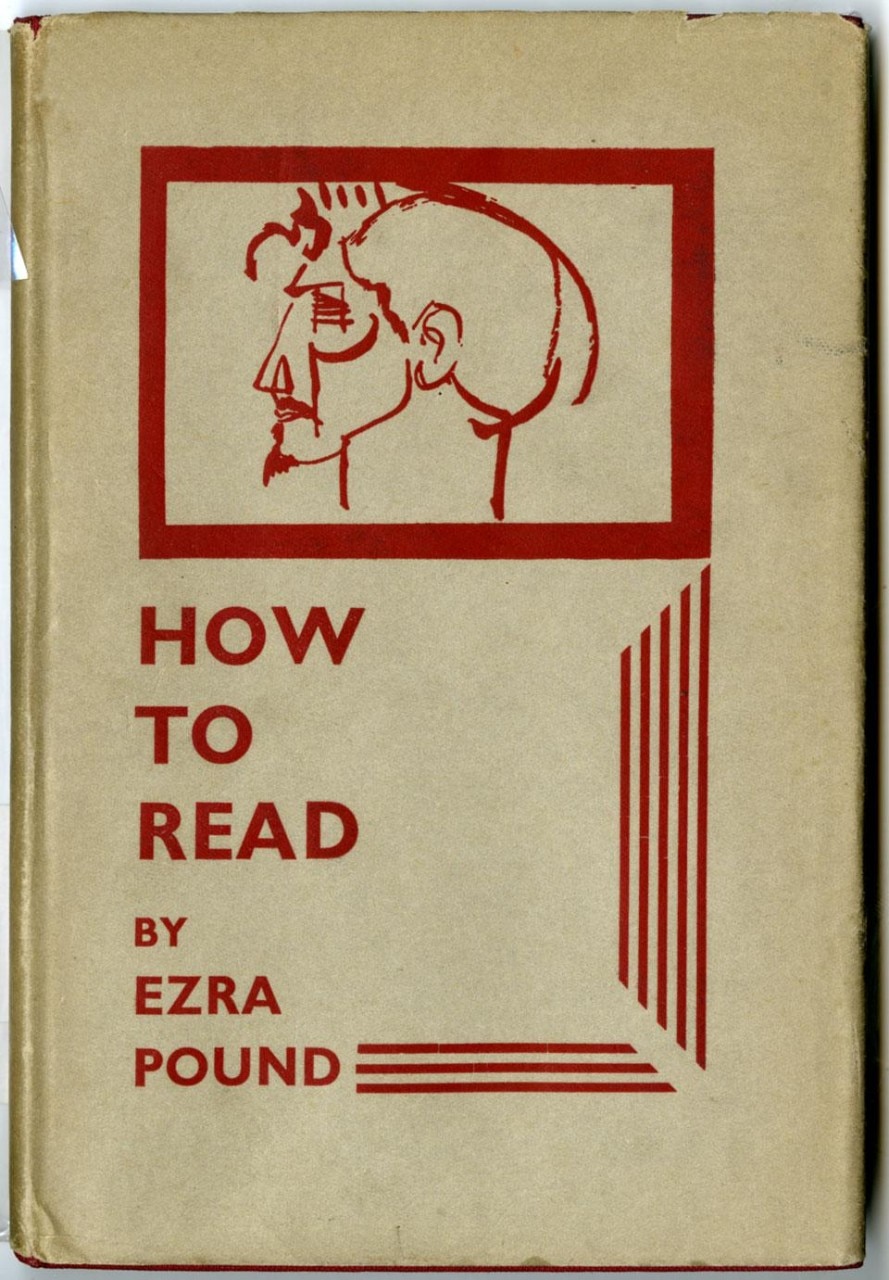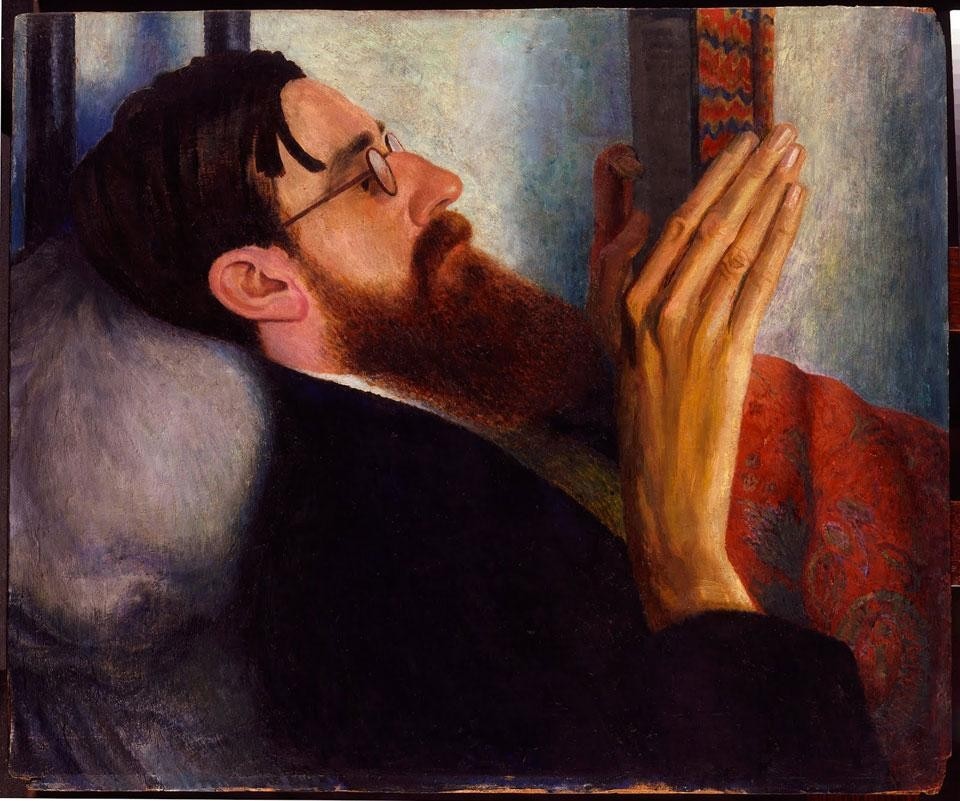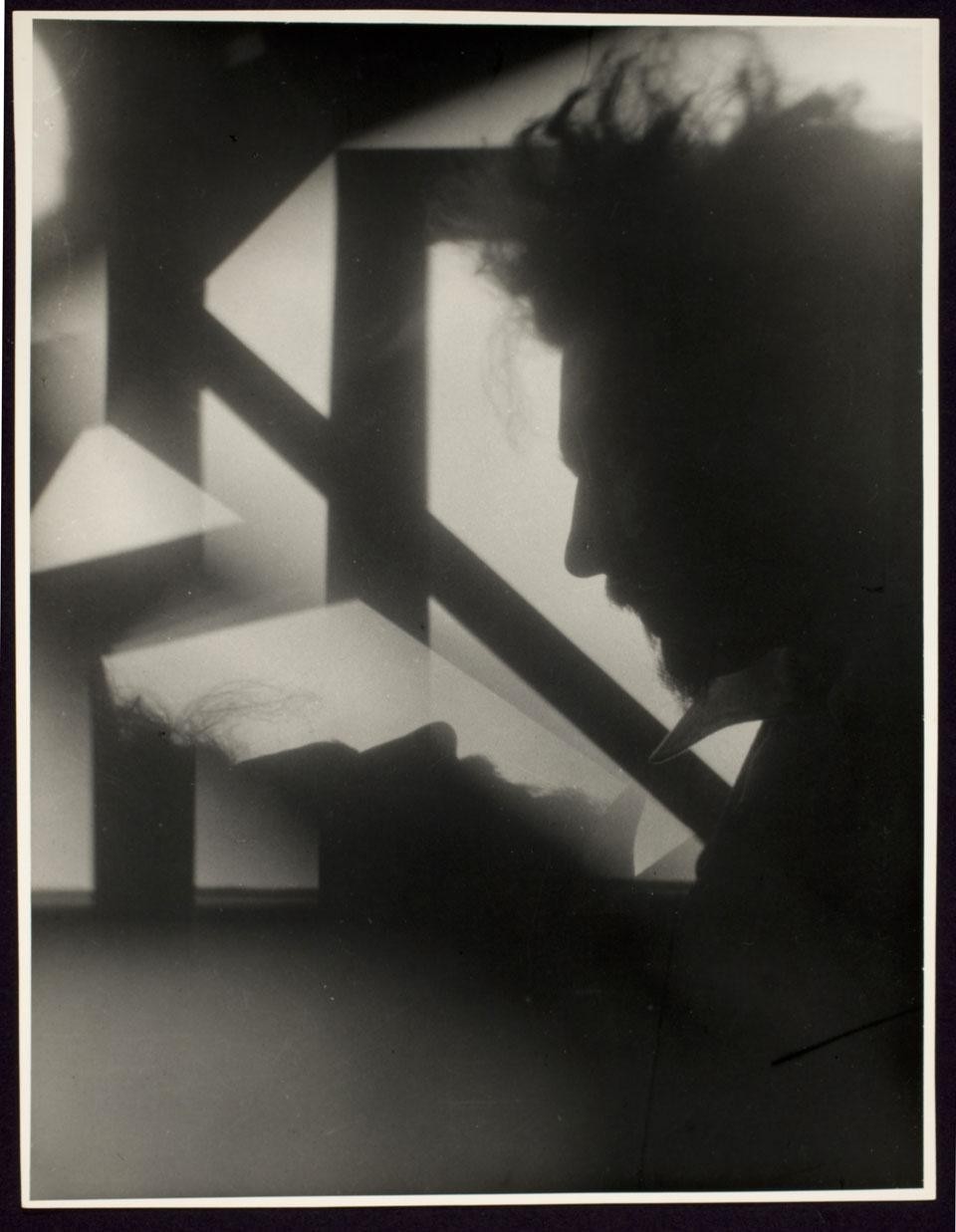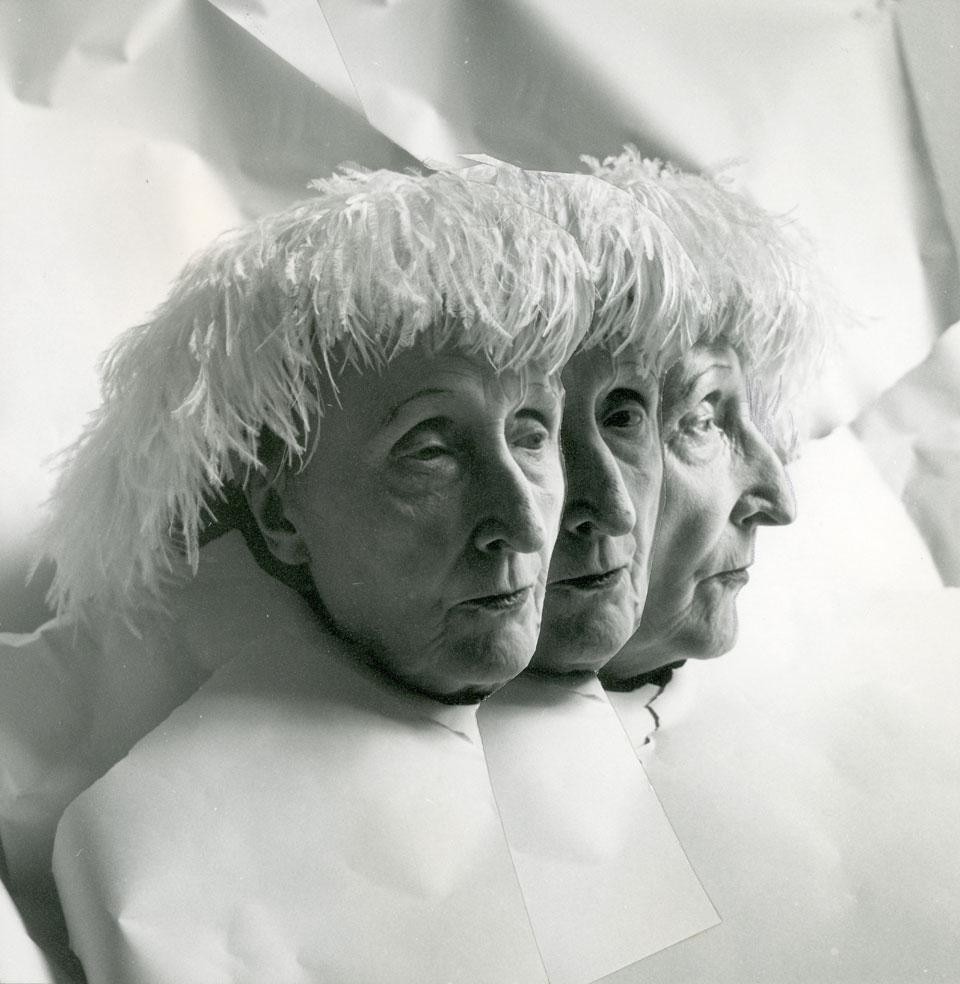Deliberately outdated, this exhibition is not subject to the logic of today's "fast" production in the museum and gallery world. Its content — the artistic and intellectual world of the first half of the 20th century, gravitating around such prominent figures as Vanessa and Virginia Stephen (later Vanessa Bell and Virginia Woolf), the Bloomsbury circle, Ezra Pound and the Sitwell brothers — is a challenge for the visitor. And while it does allow for "immediate" consumption (with such high-quality pieces as sculptures by Gaudier-Brzeska, drawings by the Vorticists, and various graphic eye-candy), the exhibition is a "time-release" event raising exquisitely pressing, topical questions that the visitor can explore further in the extremely well-documented catalogue, published by Il Saggiatore.
In their content and form, the different stimuli are closely related. The first question regards what to display. What form can be given to an exhibition in which the works themselves are the relationships between actors dedicated mainly to a total project of the self?
In the case of Edith Sitwell, the biting, audacious poet and writer who knew how to make herself into a living icon — immortalized in photos by Cecil Beaton and portrayed by Bloomsbury painters — the exhibit displays two of the "five rings with pale blue stones as large as metro tickets" (in the words of Alberto Arbasino) that Dame Edith, in theatrical attire, would proffer for a kiss. (Today's costume design can also find several interesting ideas here). Not surprisingly, Sitwell is portrayed as a tutelary deity, or rather, a hostess welcoming and taking leave from visitors to the exhibition, whose path unravels like a home — at times a promiscuous one — to the many protagonists.
![Top: Cecil Beaton
<em>Edith Sitwell. Multiple exposure</em>, 1962. Courtesy of the Cecil Beaton Studio Archive at Sotheby’s. Above: <em>Un altro tempo. Tra Decadentismo e Modern style</em> ["Another time. Between the Decadent movement and Modern style"], installation view at the MART Rovereto Top: Cecil Beaton
<em>Edith Sitwell. Multiple exposure</em>, 1962. Courtesy of the Cecil Beaton Studio Archive at Sotheby’s. Above: <em>Un altro tempo. Tra Decadentismo e Modern style</em> ["Another time. Between the Decadent movement and Modern style"], installation view at the MART Rovereto](/content/dam/domusweb/en/art/2012/11/16/living-with-style/big_400200_8232_02_UN-ALTRO-TEMPO-00185191.jpg.foto.rmedium.jpg)

First, modernity means comfort. Virginia Woolf used the royalties from her first works to bring light, water and heating to her home in Charleston. Modernity also means imagining alternative styles of domestic life. The five floors in the Bloomsbury house — plus the attic for the servants — were the theatre for experimenting a very sui generis collective lifestyle. Arbasino has described how several visiting groups of friends constantly exchanged ideas about the world while "without apparent effort, they faced and resolved such issues as the management of the body, learning to live together, mutual involvement, and total libertine sexual versatility without false problems..."
The first question regards what to display. What form can be given to an exhibition in which the works themselves are the relationships between actors dedicated mainly to a total project of the self?
![<em>Un altro tempo. Tra Decadentismo e Modern style</em> ["Another time. Between the Decadent movement and Modern style"], installation view at the MART Rovereto <em>Un altro tempo. Tra Decadentismo e Modern style</em> ["Another time. Between the Decadent movement and Modern style"], installation view at the MART Rovereto](/content/dam/domusweb/en/art/2012/11/16/living-with-style/big_400200_5765_04_UN-ALTRO-TEMPO-00185871.jpg.foto.rmedium.jpg)


![<em>Un altro tempo. Tra Decadentismo e Modern style</em> ["Another time. Between the Decadent movement and Modern style"], installation view at the MART Rovereto <em>Un altro tempo. Tra Decadentismo e Modern style</em> ["Another time. Between the Decadent movement and Modern style"], installation view at the MART Rovereto](/content/dam/domusweb/en/art/2012/11/16/living-with-style/big_400200_2480_07_UN-ALTRO-TEMPO-00185291.jpg.foto.rmedium.jpg)
Un altro tempo. Tra Decadentismo e Modern style ["Another time. Between the Decadent movement and Modern style"]
MART Rovereto
Corso Bettini, 43, Rovereto
![<em>Un altro tempo. Tra Decadentismo e Modern style</em> ["Another time. Between the Decadent movement and Modern style"], installation view at the MART Rovereto <em>Un altro tempo. Tra Decadentismo e Modern style</em> ["Another time. Between the Decadent movement and Modern style"], installation view at the MART Rovereto](/content/dam/domusweb/en/art/2012/11/16/living-with-style/big_400200_2513_08_UN-ALTRO-TEMPO-00185581.jpg.foto.rmedium.jpg)
![<em>Un altro tempo. Tra Decadentismo e Modern style</em> ["Another time. Between the Decadent movement and Modern style"], installation view at the MART Rovereto <em>Un altro tempo. Tra Decadentismo e Modern style</em> ["Another time. Between the Decadent movement and Modern style"], installation view at the MART Rovereto](/content/dam/domusweb/en/art/2012/11/16/living-with-style/big_400200_1479_09_UN-ALTRO-TEMPO-00185911.jpg.foto.rmedium.jpg)

